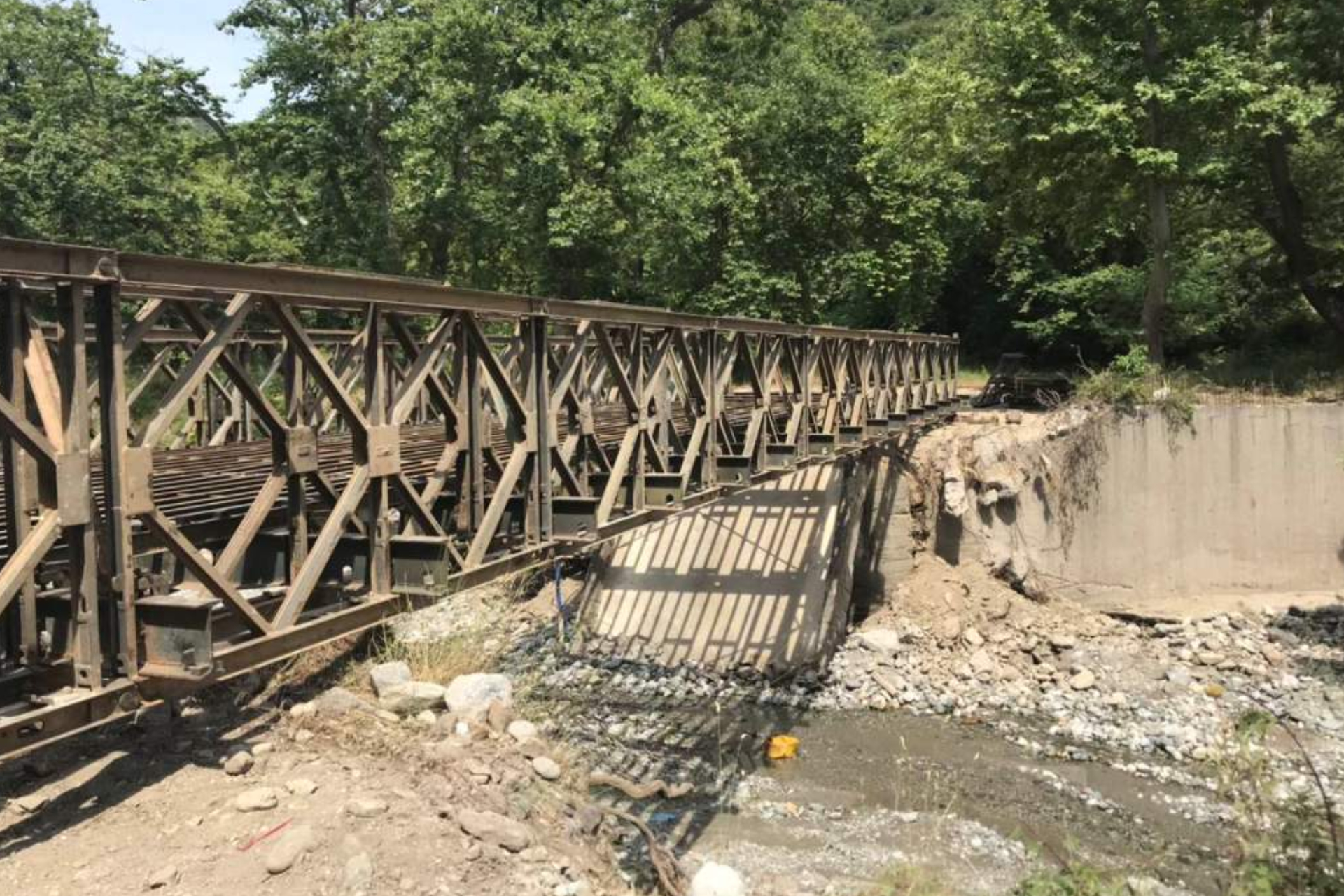

A CHANCE TO MAKE UP FOR LOST TIME
Bridge construction in Greece has a tradition but also recently, great achievements. Bridges usually have a special history and architectural interest, but within them, the most important part is their practical dimension: they connect two or more physical points and significantly help the daily life of the people who use them. But what is critical to ensure functionality of any bridge-communication line, such as a road, a railroad, or pedestrian zones? The answer is also very practical: an organised and methodical plan is required for the Inspection, Evaluation and Maintenance of Bridges. A plan that has not been materialised in the past and has not been developed for the future either.
And while at national level we were lagging behind in this regard, recently some very important steps were taken with regard to the national wealth of bridges in our country. The first of these is the establishment of the Regulation on Inspection and Maintenance of Bridges (ΚΕ.ΣΥ.ΓΕ 20.10.2020) and a second one is the contract of the Unified Digital Map and the National Infrastructure Register that was signed just last December (23.12.2021).
With the institutionalisation of rules and procedures regarding the Inspection, Evaluation and Maintenance of bridges as well as the registration procedure of existing and new bridges in the National Bridges Register, our country is shaping a great opportunity: today, with the available new technologies we can make a complete and detailed depiction and surveillance of the situation and formulate a proposed plan of action.

FIRST STEP: THE ANALYSIS
The first step in managing a condition is research and analysis with the aim of understanding and planning before moving froward.
Atom Group, with its Physical Asset Management approach and on-site inspections, can formulate a Pan-Hellenic map capturing the “condition status” of all general technical and geometric elements, as well as the materials of each bridge, on which the subsequent Repair & Maintenance study will be based. Our team, as a technical consultant, can perform Basic, Main, Periodic and Special Purpose Inspections and determine the type of technical and operational actions required.
Our inspectors can use techniques such as:
Visual inspections: the most common method, which can be used even in inaccessible places with Remote Visual Inspection (RVI) tools, like a drone, to provide remote visual information.
Acoustic inspections: inspectors observe changes in sound pitch on the bridge to detect cracks or separations in the materials used to build the bridge, such as peeling or splitting.
Thermal inspections: thermal or infrared data can detect changes in infrared radiation from the surface of a bridge which could indicate degradation or delamination in the concrete.
Ground Penetration Radar (GPR): with electromagnetic radiation, inspectors can capture the image of the area below the concrete inside a bridge to find defects such as cracks or delamination in the materials.
Using the best available methods, we gain instant access to critical locations that are either difficult to view or located in areas where traffic control or standard access equipment is simply not possible.
In addition, Atom Group offers multiple services for the implementation of preventive maintenance, predictive maintenance and repair and can be the ideal partner to organisations responsible for the Operations & Maintenance of Bridges.

MANAGING DIRECTOR, ATOM GROUP